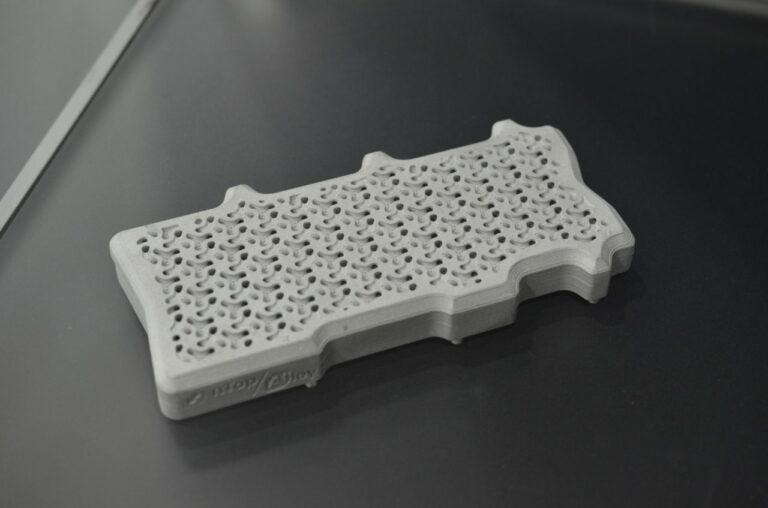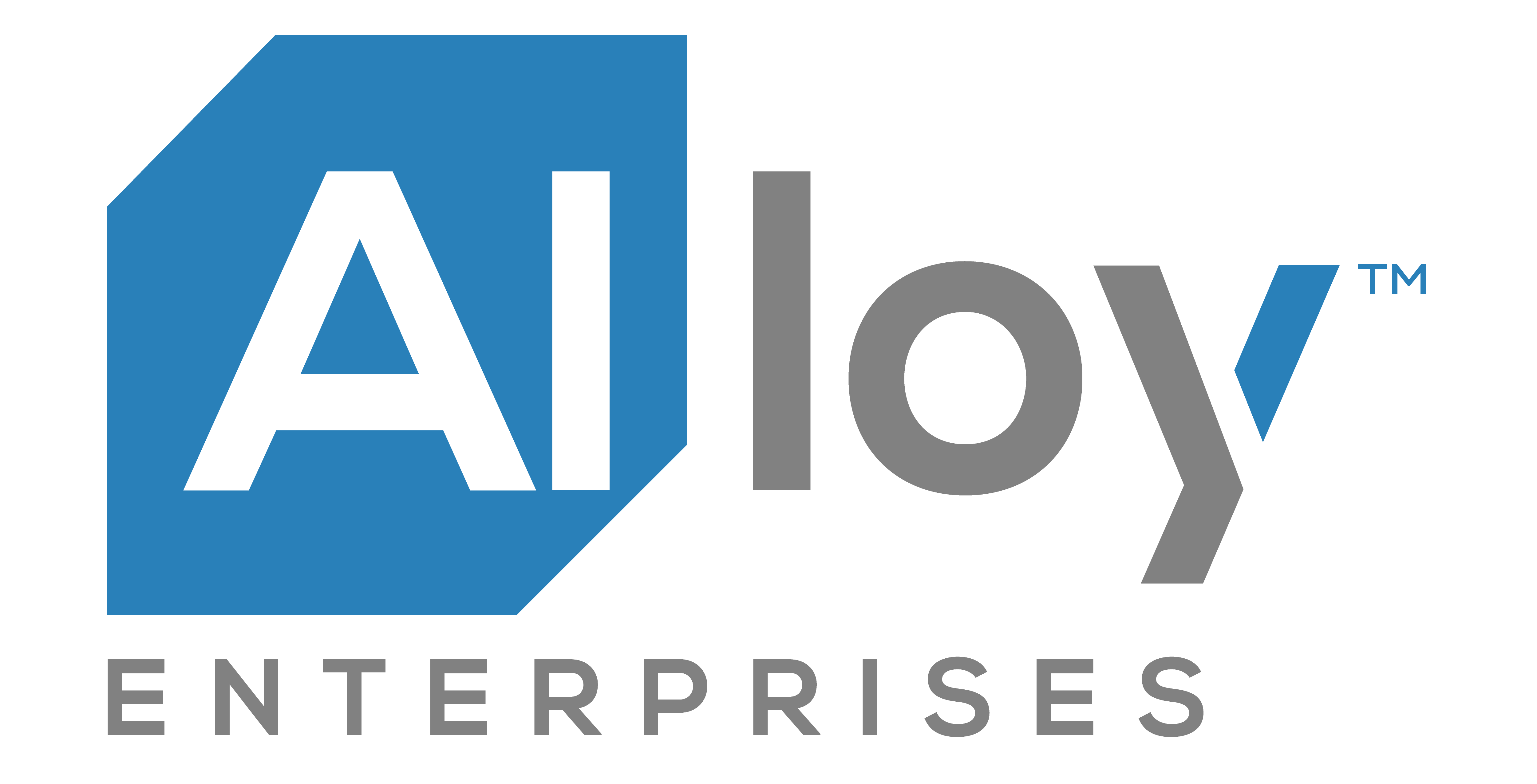Alloy Enterprises Inc, a company specializing in aluminum component manufacturing, has developed a liquid cold plate for the NVIDIA H100 PCIe card using generative design software from US-based firm nTop. The component addresses escalating thermal challenges in high-performance computing systems, where increasing power density demands more efficient cooling solutions.
The cold plate was manufactured from 6061 aluminum using Alloy Enterprises’ proprietary Stack Forging process, which enables the fabrication of leak-tight, monolithic parts with integrated micro-scale features. Engineers used nTop to create a workflow that allowed geometry to be optimized directly from simulation data, including heat flux, fluid flow, and structural constraints.
Key design features include 180-micron microcapillaries that direct coolant with precision to regions of high thermal output, parallel inlet and outlet channels that minimize flow length and pressure drop, and a gyroid infill structure that increases surface area while supporting the internal volume. Despite the complex architecture, the part maintains a total weight under 550 grams.
In a public comment at LinkedIn, Alloy Enterprises stated: “It’s been exciting to push the boundaries of thermal performance using [nTop’s] powerful design tools. The ability to optimize directly from simulation data and pack complex microstructures into our parts is a real game-changer for thermal management.” The company also noted that copper is currently in beta testing for this application, suggesting potential future performance gains.
nTop, based in New York, develops engineering software that allows users to build geometry driven by physics-based simulation. In this case, the cold plate’s geometry was not pre-defined, but rather derived from the conditions imposed by thermal and structural performance requirements. This method enables precise control over internal features without relying on trial-and-error prototyping.

nTop’s expanding simulation and visualization ecosystem
In a partnership announced in 2024, nTop integrated its design tools with Nvidia’s OptiX ray tracing engine and Omniverse platform. Backed by an investment from NVentures, Nvidia’s venture arm, the collaboration aims to accelerate product development by enabling engineers to visualize and interact with complex geometries in real-time. According to nTop CEO Bradley Rothenberg, the integration introduced adaptive rendering features that allow users to iterate through intricate design options in seconds—capabilities that would otherwise take hours or be impossible in traditional CAD systems.
To further streamline performance-focused engineering workflows, nTop acquired German firm cloudfluid in early 2025. Cloudfluid specializes in GPU-native computational fluid dynamics (CFD), offering solvers that eliminate time-intensive meshing and enable parallel processing for faster simulations. By combining this CFD engine with its implicit modeling kernel, nTop now allows engineers to analyze thermal and aerodynamic behavior in near real-time. The integration targets sectors such as aerospace, turbomachinery, and defense, where high-speed simulation directly supports rapid iteration and thermal optimization.
Source: https://3dprintingindustry.com/news/alloy-enterprises-designs-cold-plate-for-nvidia-h100-with-ntop-software-239511/
